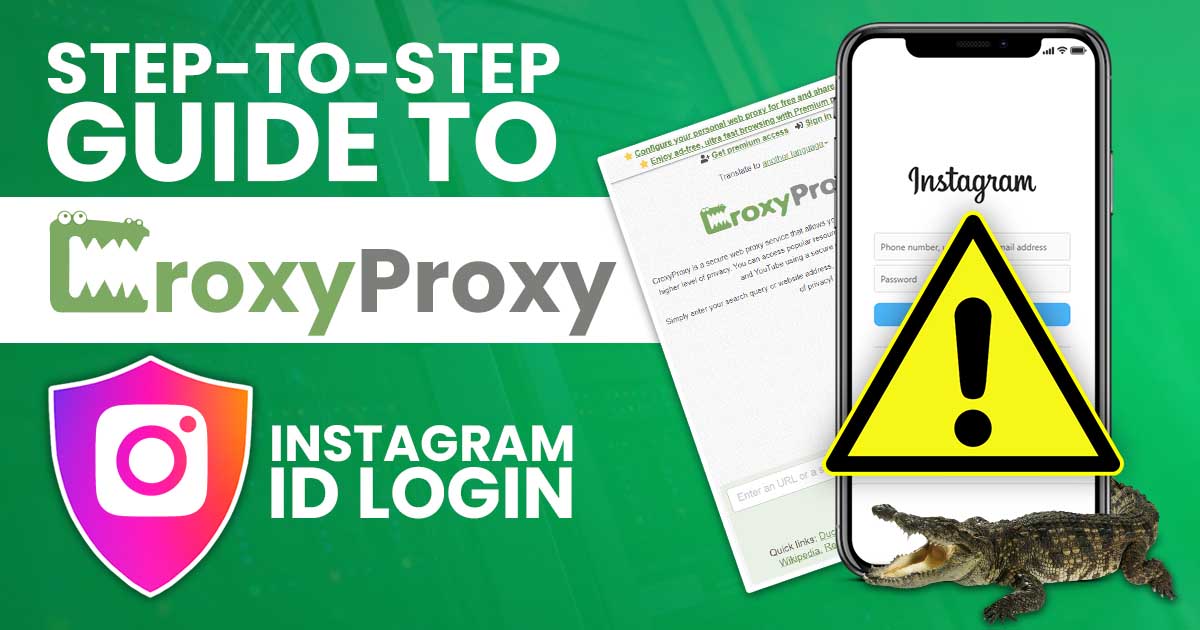You must have seen influencers promoting brands and products on social media. Why? Because they are doing influencer marketing. They are converting their viewers into brand consumers. According to reports, over 80% of products are sold on social media only because influencers play an important role for brands.
Previously, the term “influencer marketing” was limited to social media, but in recent years, it has become one of the major sources of selling products online. Influencers are of different types, from small to major. Let’s discuss it later because we have something more important.
What is Influencer Marketing?
Influencer marketing is social media marketing in which people with decent followers promote brands and products. In the simplest language, brands collaborate with influencers. In this marketing, the brand improves its identity and lets people know about the brand with the help of influencers. The influencers are specified in different niches, such as fashion, travel, food, etc.
Moreover, influencers are important for brands because they help them reach millions of people directly. However, the value of paying influencers depends on the brand’s value. Digital marketing creators follow strategies for approaching their followers.
Types of Influencer Marketing

There are different types of digital creator marketing, and they depend on the market size and influencer types. So, let’s check out the types:
1. Mega-Influencers
Mega influencers, also known as celebrity influencers, include actors, musicians, athletes, and other popular celebrities. They have a fan following of over 1 million. However, if you want to collaborate with them, you must pay a large amount. So, who can collaborate with them? Popular brands include Puma, Prada, Lenskart, Boat, Myntra, and more.
2. Macro-Influencers
Macro Influencers are influencers with followers between 100 K and 1 M. These influencers have a particular niche for collaborating. They are known as niche leaders because their profiles are old and have a decent number of followers. However, the chances of the brand reaching a wider audience and conversion rates are high.
3. Micro-Influencers
Micro-influencers are influencers with followers between 10K and 100K. These influencers are the most beneficial for brand collaboration. They have a strong audience on influencer marketing platforms such as Instagram, Facebook, YouTube, and TikTok. The conversion rate is easy because they are still growing. Negotiation is easy with these influencers. You can display non-personalised and personalised ads on social media.
4. Nano-Influencers
Nano-influencers are influencers with followers between 1K and 10 K. These influencers are the strongest because of their connections. Their influencers are the most loyal to the brand. They are the best choice for the collaboration as their connections are strong. However, these influencers do not demand extra money.
Benefits of Influencer Marketing
Here are some of the benefits of digital creator marketing. Let’s check it out:
1. The influencers learn about your product to create content related to your business. This helps them create detailed content. However, it also increases brand awareness among people. It is mainly helpful for new e-commerce businesses with no engaged audience.
2. It helps in increasing the social media following. With this marketing, the influencer’s audience may search for your business and follow it for more updates. The number of followers increases if the business is present on the platforms.
3. The comment section lets you get feedback on your products, collections, and features. It helps you understand what the consumer is looking for and whether the product benefits the users. It is one of the best benefits of Influencer marketing.
4. Influencers help in sales; with their promotion, you can gain the audience’s trust, which helps increase sales and orders. Example: When we buy something from any brand on the recommendation of our trusted one, we may repeat the purchase.
Strategies of Influencer Marketing

Here are some of the strategies that help improve brand value. It can boost your sales also. Let’s look into it:
1. Find Influencers and their payment structure
Market research plays an important role in this type of marketing. It helps understand the audience. Choose an influencer who aligns with your goals. However, it is important to know that your collaborating Influencer has a large audience on the particular platform. Fashion and beauty are dominant on Instagram and YouTube.
2. Set a budget
Discuss the payment structure with your Influencer. Negotiate with them, but you must check whether the deal is right with the Influencer before paying. Check their previous deals and learn about them. Once the Influencer successfully collaborates with you, monitor your business’s performance.
3. Maximise the use of Influencer’s content
Using the Influencer’s content as much as possible is important because you have paid them for it. You can redirect the Influencer’s content on your social media profiles. You can also use it on your website’s page. The influencer uses catchy Youtube, Facebook and Instagram captions, increasing your brand’s value. The strategy is to maximize the use of the content for the brand’s benefit.
4. Monitor campaign performance
With the help of the Influencer Analytic tool, you can monitor the benefit your brand has gained from the particular collaboration. Through this method, you can get information about the benefits generated by collaboration. Also, it is important to check whether the expectations meet your goal. If not, make sure to avoid repeating this.
Bottom Line
Influencer marketing is one of the best ways to make your product known to the audience. It helps increase brand value, reach, and product sales. This type of marketing has many benefits, such as increasing social media following, sales, feedback, and more.
It is one of the best marketing tools, and you can collaborate with all influencers. The market has many Influencers: Mega-Influencers, Macro-Influencers, Micro-Influencers, and Nano-Influencers. Different content types are used in this marketing, such as social media content, product reviews, tutorial videos, and more.
Also Read Our Blog: Social Media Marketing: Benefits, Types, Limitations and More












